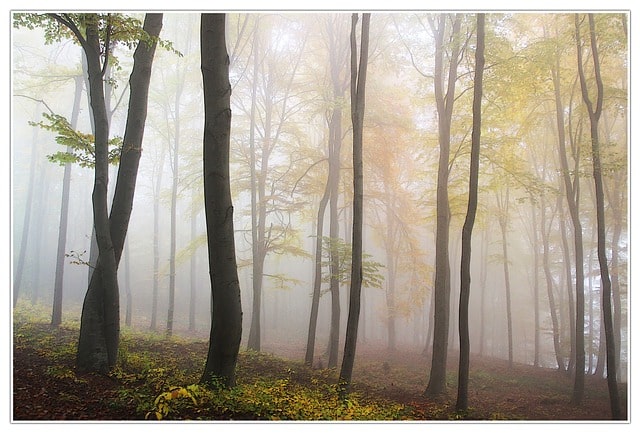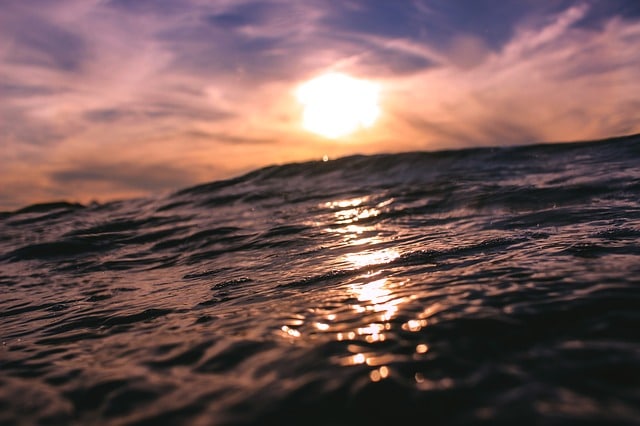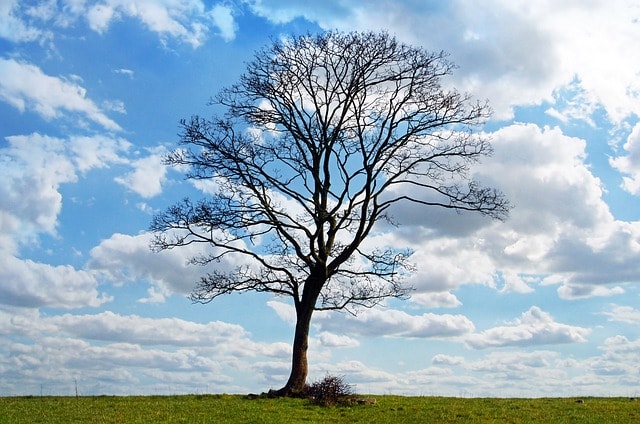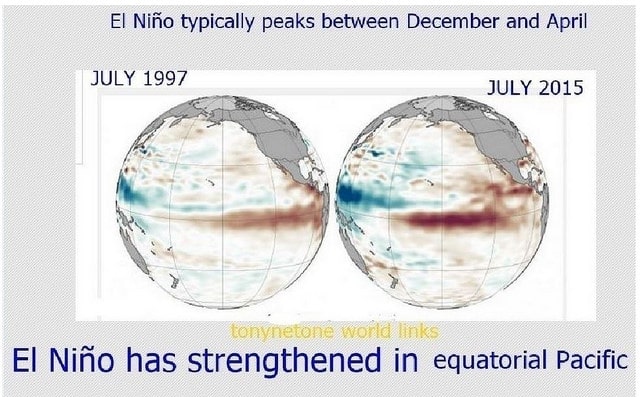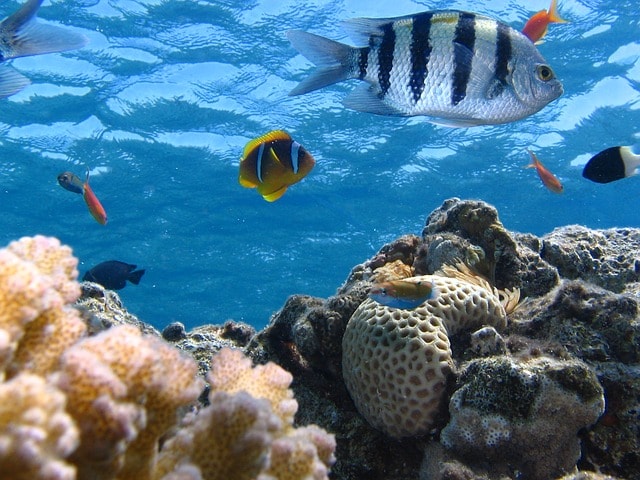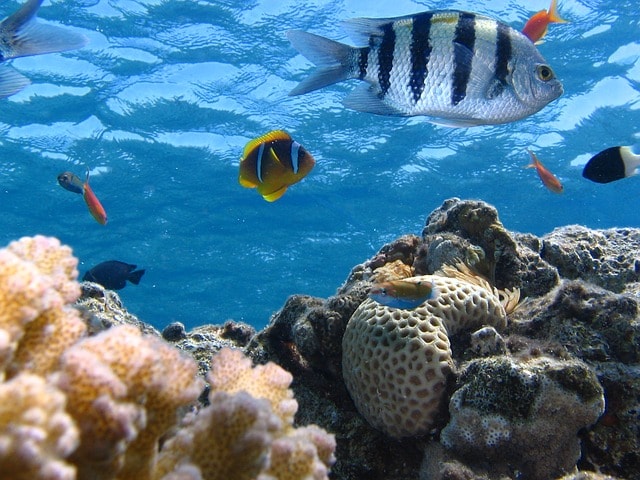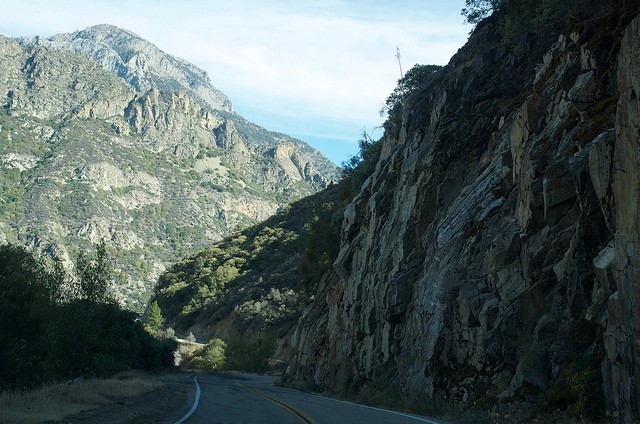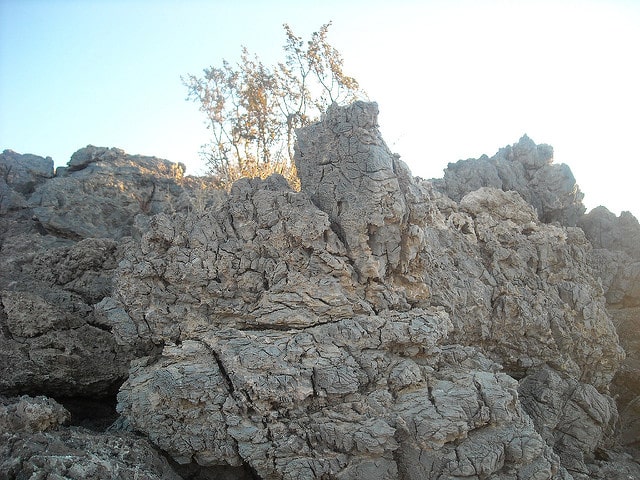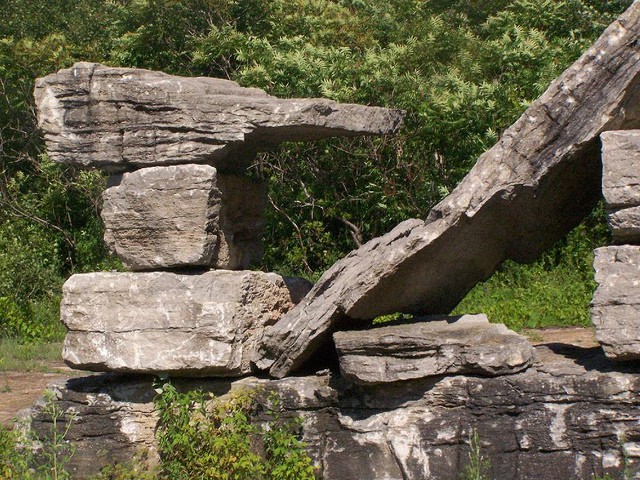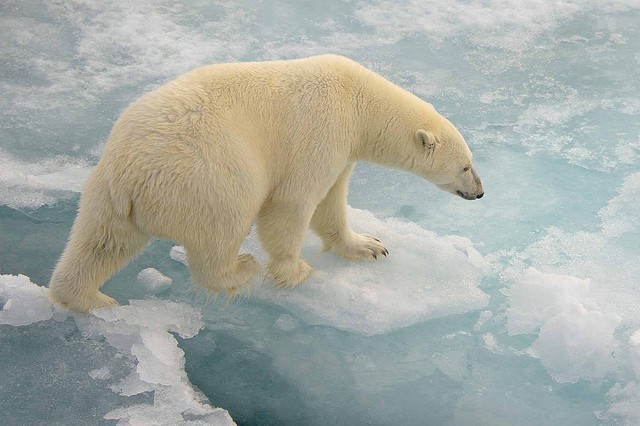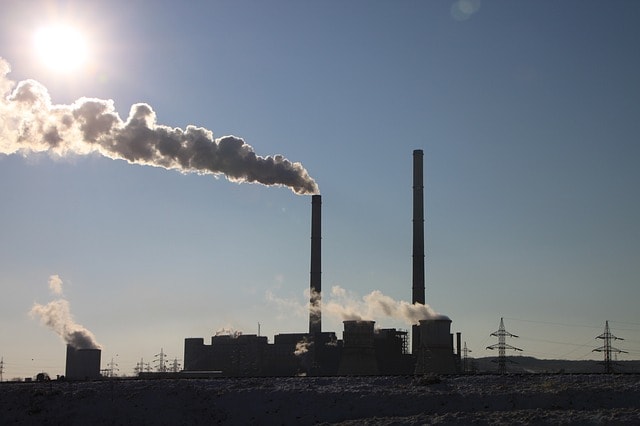Taiga (Boreal Forest) Biome: Temperature, Climate, Location, Plants, Animals
Taiga biome is derived from the Russian word, meaning forest. Despite that fact that it’s the largest terrestrial biome in the world, it’s a cold and lonely place, and many people are not familiar with the name. Although Taiga biome is so cold and remote, humans have had a deep influence here. Ancient humans hunted…

